三乙氧基硅烷

三乙氧基硅烷结构式

|
常用名 | 三乙氧基硅烷 | 英文名 | Triethoxysilane |
|---|---|---|---|---|
| CAS号 | 998-30-1 | 分子量 | 164.275 | |
| 密度 | 0.89 g/mL at 25 °C(lit.) | 沸点 | 133.5±0.0 °C at 760 mmHg | |
| 分子式 | C6H16O3Si | 熔点 | -170°C | |
| MSDS | 中文版 美版 | 闪点 | 29.2±18.7 °C | |
| 符号 |



GHS02, GHS05, GHS06 |
信号词 | Danger |
三乙氧基硅烷用途是合成硅烷偶联剂的重要原料,也可用于制造硅油、聚硅烷等用作光导纤维材料 |
| 中文名 | 三乙氧基硅烷 |
|---|---|
| 英文名 | Triethoxysilane |
| 中文别名 | 三乙氧基矽烷 | 三乙氧矽烷 |
| 英文别名 | 更多 |
| 密度 | 0.89 g/mL at 25 °C(lit.) |
|---|---|
| 沸点 | 133.5±0.0 °C at 760 mmHg |
| 熔点 | -170°C |
| 分子式 | C6H16O3Si |
| 分子量 | 164.275 |
| 闪点 | 29.2±18.7 °C |
| 精确质量 | 164.086868 |
| PSA | 27.69000 |
| LogP | 4.70 |
| 外观性状 | 无色液体 |
| 蒸汽压 | 10.4±0.2 mmHg at 25°C |
| 折射率 | n20/D 1.377(lit.) |
| 储存条件 | 储存在干爽的惰性气体下,保持容器密封,储存在阴凉,干燥的地方 |
| 稳定性 | 常温常压下稳定,避免强氧化剂 水分接触 |
| 计算化学 | 1.疏水参数计算参考值(XlogP):无 2.氢键供体数量:0 3.氢键受体数量:3 4.可旋转化学键数量:6 5.互变异构体数量:无 6.拓扑分子极性表面积27.7 7.重原子数量:10 8.表面电荷:0 9.复杂度:55.7 10.同位素原子数量:0 11.确定原子立构中心数量:0 12.不确定原子立构中心数量:0 13.确定化学键立构中心数量:0 14.不确定化学键立构中心数量:0 15.共价键单元数量:1 |
| 更多 | 1. 性状:无色透明液体。 2. 密度(g/ mL,25℃):0.89 3. 相对蒸汽密度(g/mL,空气=1):未确定 4. 熔点(ºC):-170 5. 沸点(ºC,常压):134-135 6. 沸点(ºC,25mm):未确定 7. 折射率(n 20/D ):1.377 8. 闪点(ºF):80 9. 比旋光度(º):未确定 10. 自燃点或引燃温度(ºC):未确定 11. 蒸气压(kPa,25ºC):未确定 12. 饱和蒸气压(kPa,60ºC):未确定 13. 燃烧热(KJ/mol):未确定 14. 临界温度(ºC):未确定 15. 临界压力(KPa):未确定 16. 油水(辛醇/水)分配系数的对数值:未确定 17. 爆炸上限(%,V/V):未确定 18. 爆炸下限(%,V/V):未确定 19. 溶解性:未确定 |
|
三乙氧基硅烷毒理学数据: 1、急性毒性:小鼠吸入LD50:500mg/m3/2H;导致肺功能紊乱,呼吸急促。 大鼠吸入LD50:50mg/m3/2H;导致肺功能紊乱,呼吸急促。 小鼠静脉注射LD50:180mg/kg 三乙氧基硅烷生态学数据: 对水是稍微有害的,不要让未稀释或大量的产品接触地下水,水道或者污水系统,若无政府许可,勿将材料排入周围环境 |
| 符号 |



GHS02, GHS05, GHS06 |
|---|---|
| 信号词 | Danger |
| 危害声明 | H226-H314-H330 |
| 警示性声明 | P260-P280-P284-P305 + P351 + P338-P310 |
| 个人防护装备 | Faceshields;full-face respirator (US);Gloves;Goggles;multi-purpose combination respirator cartridge (US);type ABEK (EN14387) respirator filter |
| 危害码 (欧洲) | T:Toxic;C:Corrosive; |
| 风险声明 (欧洲) | R10;R23/24/25;R34 |
| 安全声明 (欧洲) | S26-S28-S36/37/39-S45 |
| 危险品运输编码 | UN 3384 6.1/PG 1 |
| WGK德国 | 3 |
| RTECS号 | VV6682000 |
| 包装等级 | II |
| 危险类别 | 6.1 |
| 三乙氧基硅烷上游产品 9 | |
|---|---|
| 三乙氧基硅烷下游产品 9 | |
可由三氯硅烷与无水乙醇反应来制取。也可由硅粉在铜催化剂存在下,与乙醇反应来制取。
|
Prenatal Exposure to Sodium Arsenite Alters Placental Glucose 1, 3, and 4 Transporters in Balb/c Mice.
Biomed Res. Int. 2015 , 175025, (2015) Inorganic arsenic (iAs) exposure induces a decrease in glucose type 4 transporter (GLUT4) expression on the adipocyte membrane, which may be related to premature births and low birth weight infants in... |
|
|
Effect of surface functionality of silica nanoparticles on cellular uptake and cytotoxicity.
Mol. Pharm. 11(10) , 3642-55, (2014) Mesoporous silica nanoparticles (MCM-41) with different surface chemistry were used as carrier system to study its influence on drug delivery and anticancer activity of curcumin (CUR). CUR was encapsu... |
|
|
Nanoparticle size matters in the formation of plasma protein coronas on Fe3O4 nanoparticles.
Colloids Surf. B Biointerfaces 121 , 354-61, (2014) When nanoparticles (NPs) enter into biological systems, proteins would interact with NPs to form the protein corona that can critically impact the biological identity of the nanomaterial. Owing to the... |
| MFCD00009061 |
| 5,6-epoxyhexyltriethoxysilane |
| EINECS 213-650-7 |
| triethoxy-silane |
| Silane,triethoxy |
| Triethoxysilicane |
| triethoxy-silan |
| Silane, triethoxy- |
| Triethoxysilane |
| 3-piperazinopropyltriethoxysilane |
| 4-bromooctafluorobutanetriethoxysilane |
| TRIES |
| CT2500 |

 CAS号64-17-5
CAS号64-17-5 CAS号7440-21-3
CAS号7440-21-3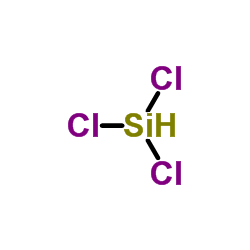 CAS号10025-78-2
CAS号10025-78-2 CAS号54509-73-8
CAS号54509-73-8 CAS号1825-62-3
CAS号1825-62-3 CAS号122-51-0
CAS号122-51-0 CAS号18236-12-9
CAS号18236-12-9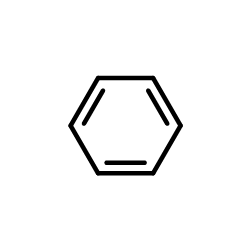 CAS号71-43-2
CAS号71-43-2 CAS号18169-90-9
CAS号18169-90-9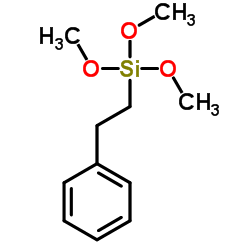 CAS号49539-88-0
CAS号49539-88-0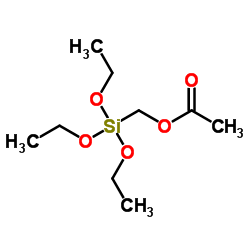 CAS号5630-83-1
CAS号5630-83-1 CAS号141-78-6
CAS号141-78-6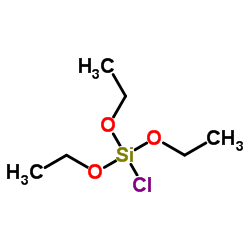 CAS号4667-99-6
CAS号4667-99-6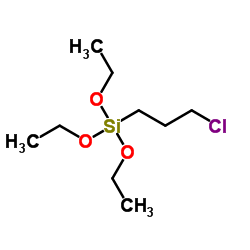 CAS号5089-70-3
CAS号5089-70-3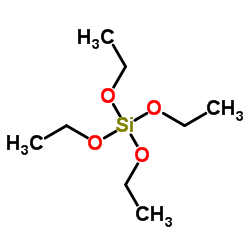 CAS号78-10-4
CAS号78-10-4 CAS号135795-91-4
CAS号135795-91-4 CAS号2550-02-9
CAS号2550-02-9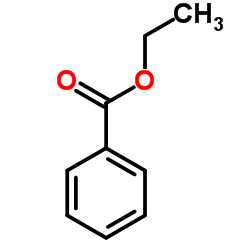 CAS号93-89-0
CAS号93-89-0
